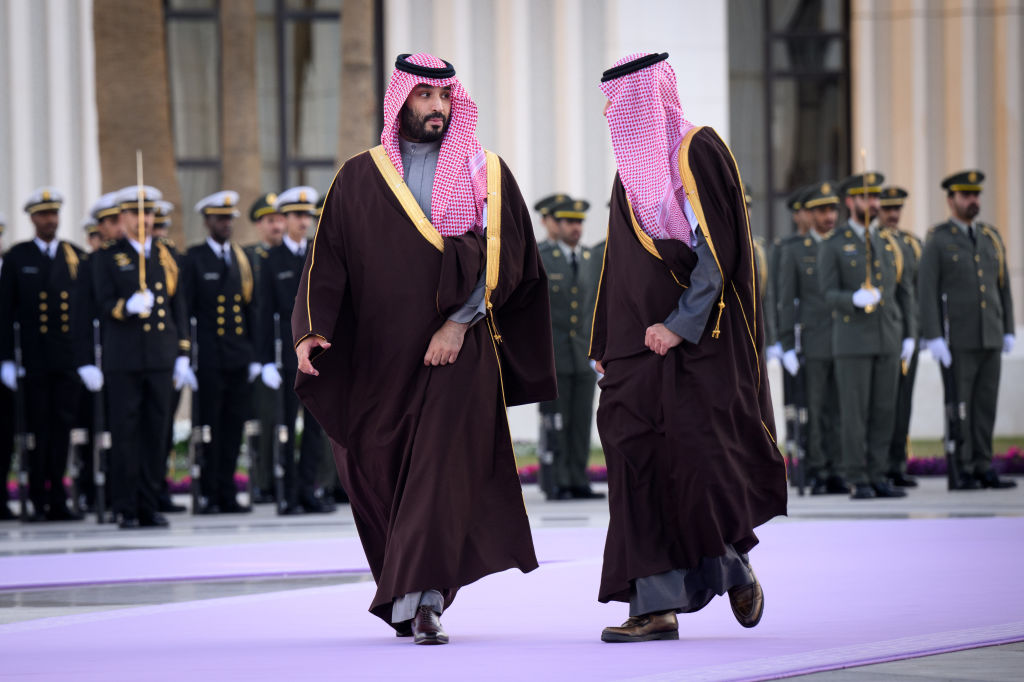Excerpted from Unholy Kingdom: Religion, Corruption and Violence in Saudi Arabia by Malise Ruthven (Verso Books, 2025)
Saudi iden¬tity is a complex mix of Wahhabi-Salafism — a sectarian Islamic cult based on strict observance of certain behaviors in dress, deport¬ment, gender separation, prayer observance and so forth — alongside recognition, not to say worship, of the Al Saud family as guardians and promoters of the cult.
The relationship between Wahhabi-Salafism and power, however, is far from stable. Wahhabi divines who have their own scholastic and collegiate tradition were often resistant to the introduction of new ideas into the kingdom and to many aspects of the rampant program of modernization under¬taken in the wake of the petrodollar bonanza after 1970. The 1979 seizure of the Grand Mosque in Mecca was the most conspicuous example of this resistance.
Not all members of the Al Saud family are personally religious in the Wahhabi-Salafi sense. Before the rise of Mohammed bin Salman (MBS), the most high-profile member of the family was Prince Bandar bin Sultan, an accomplished diplomat and jet-setter whose parties in Washington were legendary and whose preference for Western-style clothes and general demeanor appear very different from that of the Wahhabi-Salafists.
In an age of social media, the lifestyle of Saudi princes can no longer be hidden. Saudi Arabia has one of the world’s highest rates of “internet penetration” with twenty-five million “active social media accounts,” compris¬ing 25 percent of the population, as well as twenty-three million YouTube visitors (71 percent) and twenty-two million Facebook users (66 per cent), along with many users of Instagram (17.96…
Auteur: Malise Ruthven

